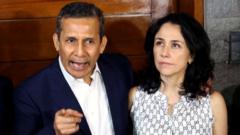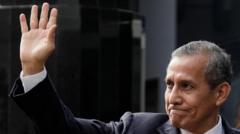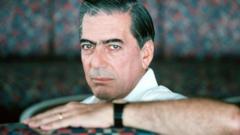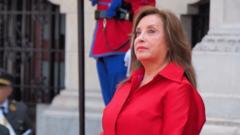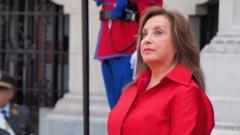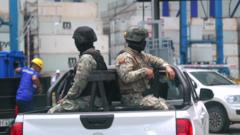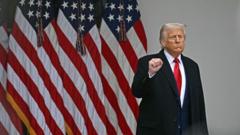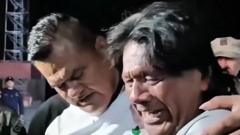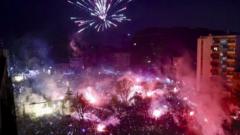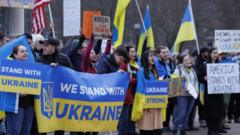A statue of Francisco Pizarro, the Spanish conquistador credited with founding Lima, has been reinstated after two decades, reigniting a debate over colonial history and its implications for present-day Peru.
Restoration of Pizarro's Statue Sparks Controversy in Lima
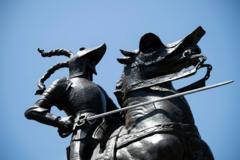
Restoration of Pizarro's Statue Sparks Controversy in Lima
Newly unveiled statue of conquistador reignites debate over historical legacy.
The impressive sculpture of Pizarro, created by American artist Charles Rumsey, was unveiled in a ceremony honoring the 490th anniversary of Lima’s founding. The original statue was dedicated in 1935 but was removed in 2003 amid calls for its elimination from public view due to its controversial legacy. Pizarro's defeat of the Inca Empire was characterized by many indigenous leaders as a tragic act that led to the destruction of their culture.
Those in favor of returning the statue argue that history should not be erased. However, a demonstration took place nearby, with protestors condemning the statue's reinstatement as a significant affront to indigenous peoples worldwide. Rafael López Aliaga, the Mayor of Lima, attended the unveiling along with Isabel Díaz Ayuso, President of the Community of Madrid, marking it as a symbolic moment not only for Lima but reflecting a broader historical narrative.
The mayor emphasized the need to recognize both the achievements of the past and the complexity of historical legacy, while the opposition reiterated their stance on addressing the injustices faced by indigenous communities, making it clear that the conversation about colonial history in Peru is far from over.
Those in favor of returning the statue argue that history should not be erased. However, a demonstration took place nearby, with protestors condemning the statue's reinstatement as a significant affront to indigenous peoples worldwide. Rafael López Aliaga, the Mayor of Lima, attended the unveiling along with Isabel Díaz Ayuso, President of the Community of Madrid, marking it as a symbolic moment not only for Lima but reflecting a broader historical narrative.
The mayor emphasized the need to recognize both the achievements of the past and the complexity of historical legacy, while the opposition reiterated their stance on addressing the injustices faced by indigenous communities, making it clear that the conversation about colonial history in Peru is far from over.


